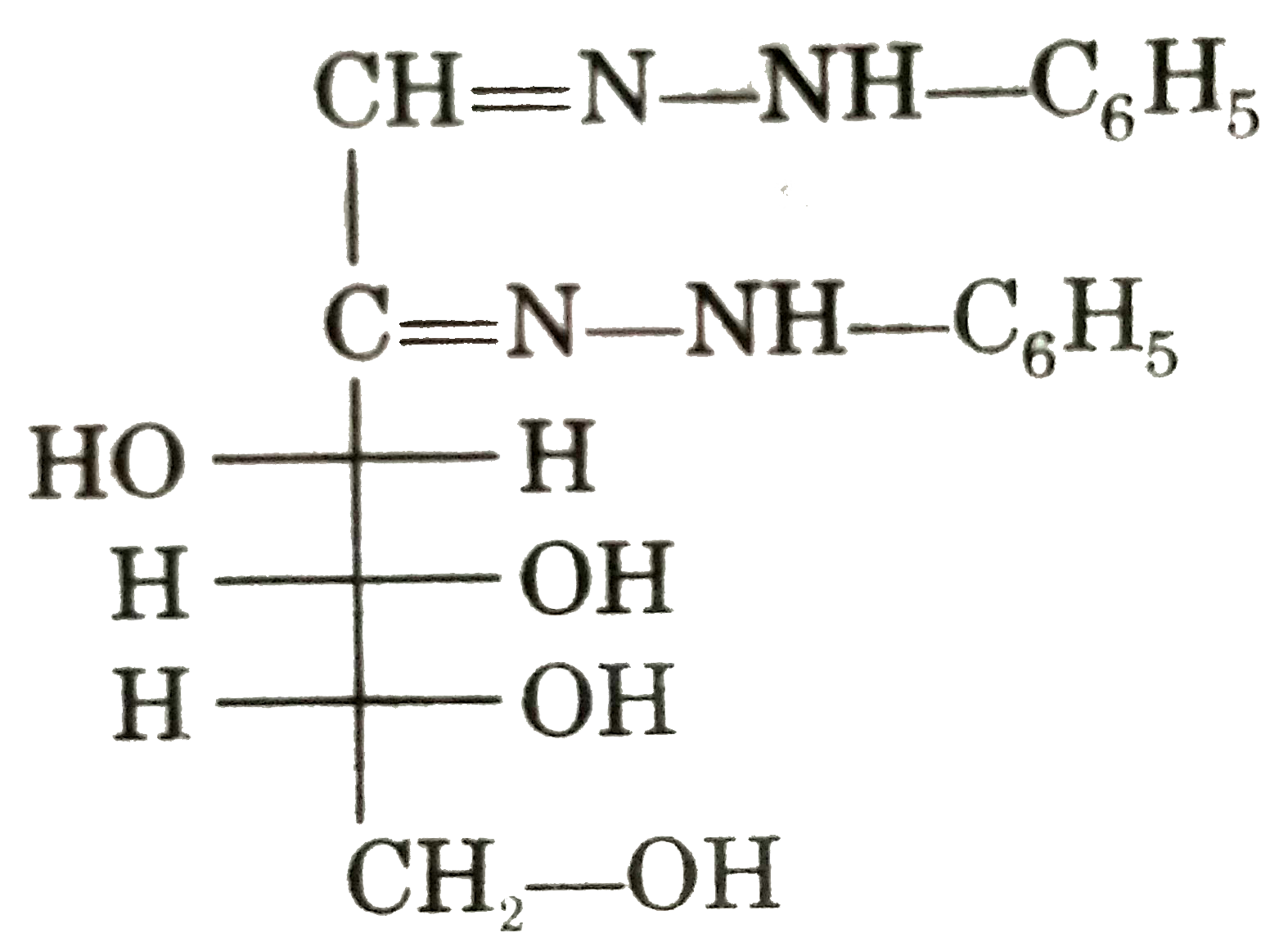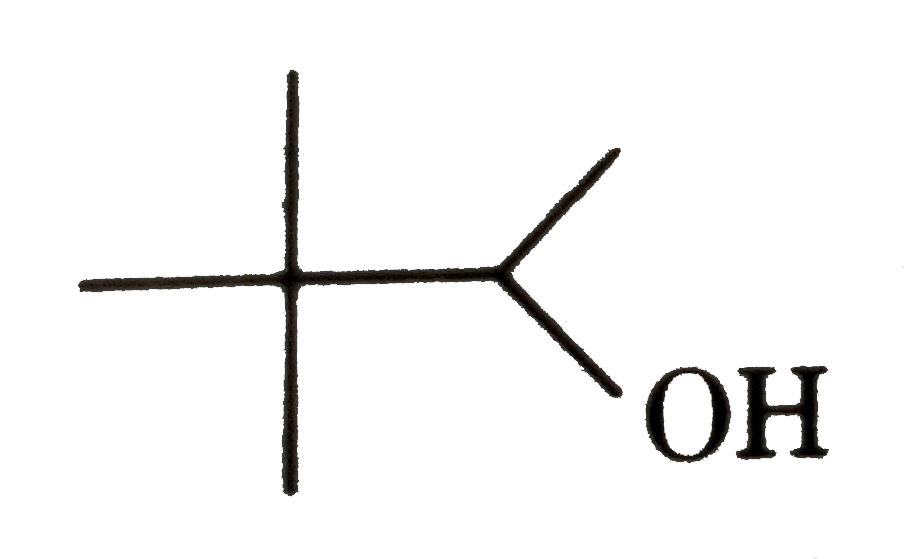Each question has choices (a), (b), (c ) and (d) out of which ONLY ONR is correct.
STATEMENT -1 : NH2−NH2 gives prussian blue colour during Lassaigne test (element detection test). STATEMENT - 2 : NaCN gives prussian blue colour of Fe4[Fe(CN6)]3 with FeSO4,FeCl3
Statement -1 is True, Statement-2 is True ,Statement -2 is a correct explanation for Statement -1.
Statement -1 is True, Statement-2 is True ,Statement -2 is a NOT correct explanation for Statement -1.
Statement -1 id True , Statement -2 is False.
Statement -1 is False Statement -2 is True.
The correct Answer is:d
Topper's Solved these Questions
- BIOMOLECULES, POLYMERS, PRACTICAL ORGANIC CHEMISTRY AND CHEMISTRY IN DAILY LIFEBook:GRB PUBLICATIONChapter:BIOMOLECULES, POLYMERS, PRACTICAL ORGANIC CHEMISTRY AND CHEMISTRY IN DAILY LIFEExercise:MULTIPLE OBJECTIVE TYPE
Explore 72 Videos
- BIOMOLECULES, POLYMERS, PRACTICAL ORGANIC CHEMISTRY AND CHEMISTRY IN DAILY LIFEBook:GRB PUBLICATIONChapter:BIOMOLECULES, POLYMERS, PRACTICAL ORGANIC CHEMISTRY AND CHEMISTRY IN DAILY LIFEExercise:COMPREHENSION TYPE
Explore 28 Videos
- BIOMOLECULES, POLYMERS, PRACTICAL ORGANIC CHEMISTRY AND CHEMISTRY IN DAILY LIFEBook:GRB PUBLICATIONChapter:BIOMOLECULES, POLYMERS, PRACTICAL ORGANIC CHEMISTRY AND CHEMISTRY IN DAILY LIFEExercise:SUBJECTIVE TYPE
Explore 40 Videos
- ALCOHOLS AND ETHERSBook:GRB PUBLICATIONChapter:ALCOHOLS AND ETHERSExercise:level 62
Explore 1 Video
- CARBOXYLIC ACID AND DERIVATIVES, AMINES AND OTHER NITROGEN COMPOUNDSBook:GRB PUBLICATIONChapter:CARBOXYLIC ACID AND DERIVATIVES, AMINES AND OTHER NITROGEN COMPOUNDSExercise:Subjective type
Explore 19 Videos
Similar Questions
Calculate the mass percent compositon of each of the substance:
Prussian blue, an ink pigment ,Fe4[Fe(CN)6]3
View SolutionEach question has choices (a), (b), (c ) and (d) out of which ONLY ONR is correct.
STATEMENT -1 : Per molecule of glucose consumes two molecules of Ph−NH−NH2 during formation of osazone.
STATEMENT - 2 : Structure of glucose osazone is :
View Solution
Knowledge Check
Each question has choices (a), (b), (c ) and (d) out of which ONLY ONR is correct.
STATEMENT -1 : Blue colour.
Blue colour.
STATEMENT - 2 : is a secondary alcohol.AStatement -1 is True, Statement-2 is True ,Statement -2 is a correct explanation for Statement -1.BStatement -1 is True, Statement-2 is True ,Statement -2 is a NOT correct explanation for Statement -1.CStatement -1 id True , Statement -2 is False.DStatement -1 is False Statement -2 is True.
is a secondary alcohol.AStatement -1 is True, Statement-2 is True ,Statement -2 is a correct explanation for Statement -1.BStatement -1 is True, Statement-2 is True ,Statement -2 is a NOT correct explanation for Statement -1.CStatement -1 id True , Statement -2 is False.DStatement -1 is False Statement -2 is True.Each question has choices (a), (b), (c ) and (d) out of which ONLY ONR is correct.
STATEMENT -1 : Maltose and lactose can be differentiated by Fehling test.
STATEMENT - 2 : Maltose is reducing but lactose is not.AStatement -1 is True, Statement-2 is True ,Statement -2 is a correct explanation for Statement -1.BStatement -1 is True, Statement-2 is True ,Statement -2 is a NOT correct explanation for Statement -1.CStatement -1 id True , Statement -2 is False.DStatement -1 and Satement - 2 both are False.Each question has choices (a), (b), (c ) and (d) out of which ONLY ONR is correct.
STATEMENT -1 : 2, 4-dinitrophenol gives NaHCO3 test positive.
STATEMENT - 2 : Nitrophenols are acidic in water .AStatement -1 is True, Statement-2 is True ,Statement -2 is a correct explanation for Statement -1.BStatement -1 is True, Statement-2 is True ,Statement -2 is a NOT correct explanation for Statement -1.CStatement -1 id True , Statement -2 is False.DStatement -1 is False Statement -2 is True.
Each question has choices (a), (b), (c ) and (d) out of which ONLY ONR is correct.
STATEMENT -1 : Lassaigne's test is not shown by diazonium compounds.
STATEMENT - 2 : Diazonium compounds lose N2 on heating before they combine with fused sodium.
View SolutionFe2+ does not give prussian blue colour with K4[Fe(CN)6] but on its reaction with (X), prussian blue colour appears (X) can be:
View SolutionFe3+ does not give prussian blue colour with K4[Fe(CN)6] but on its reaction with (X), prussian blue colour appears (X) can be:
View SolutionThe colour of (NH4)2SO4Fe2(SO4)3.24H2O is
View SolutionFe2+ does not give prussian blue colour with K4[Fe((CN)6], but on its reaction with (X), prussian blue colour appears with the reagent (X) is :
View Solution
